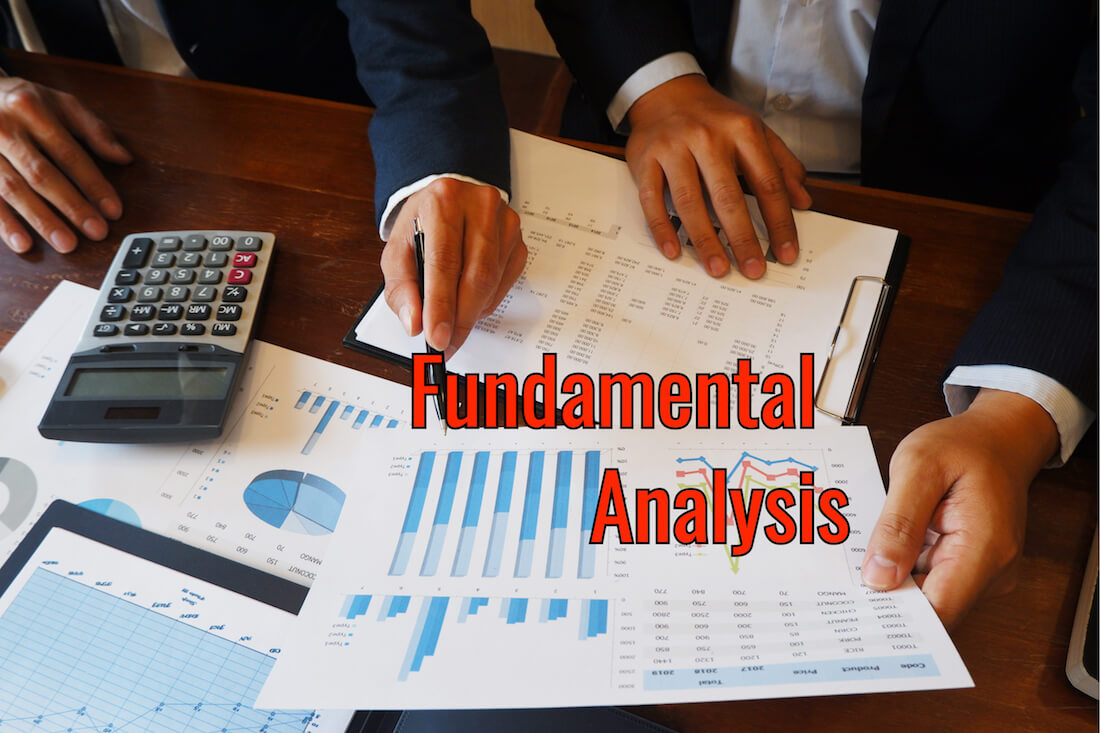Introduction
Have you come across the saying that 95% of the traders lose money in Forex, and only a handful of 5% succeed? As a matter of fact, this statement is entirely true. Though trading in the Forex market is no different from doing business in the real market, most of the Forex traders find it challenging to succeed in trading. This is because, in the real world business, there is hardly any relation between business and emotions, whereas, the Forex market is closely related to human psychology.
Many traders trade based only on fundamental analysis or technical analysis and ignore the existence of the sentiment involved in trading. This is the reason we have the concept of 95% and 5%.
Why is there sentiment entailed in trading?
To answer this particular question, we’ll have to understand the core basics of trading.
Firstly, what is trading? Trading, according to the textbooks, is the process of buying and selling of products. Or in simple terms, it is the process where a seller sells his products to a buyer, or a buyer buys products from a seller.
Now, the point one must note here is that to buy or sell a product, both parties (buyer and seller) are obligatory. Without a buyer, the existence of a seller is useless, and without a seller, the presence of a buyer is pointless.
And this above concept is the answer to the above question. Let us understand how.
There is an end number of traders trading the Forex market. The logic for buying and selling is the same as the real-world market. That is, a trade cannot be completed without the presence of both parties. For example, if you want to buy a currency pair, then you mandatorily need a seller to sell it to you. And if there are no sellers in the market to sell it at your desired price, then your buy order will remain pending (incomplete).
Broadly speaking, traders can be segregated into two types. The first set of traders includes large banks, hedge funds, mutual funds, and big-time investors who move the market. And the second set comprises small retail traders who do not have the capability (enough capital) to drive the market.
How do big players always win?
Big players are the ones who always win in the market. And they make this possible by bringing in emotions in trading. Let us understand this with an example.
Let’s say a currency pair is in an uptrend from a month. At this point in time, what do you think the whole world is thinking? As obvious as it gets, most retail traders are looking at it as a buy. Now, since everyone (big players and retail traders) are looking to buy, there is no seller to sell it to them. This situation, in turn, creates loads of pending orders in the market. So, the masterminds (big players) start to become the sellers in the market to the retail buyers. And this continuous selling by the big players causes the market to drop pretty drastically.
Seeing this drastic fall in the market, all retail traders who were buying get stopped out, and the rest begin to look it as a sell. And once the retail traders start to sell, the big players buy it from these sellers (retail traders). Hence, from this, the market again starts to head north. This is how big players bring in emotion in the minds of the public, manipulate them in the market.
Finally, we can conclude by saying psychology plays a major rule when it comes to trading in the Forex market. And the sentimental analysis is all about learning more about psychological trading. So in our further lessons, we will be discussing a lot more on these topics.
[wp_quiz id=”57167″]


